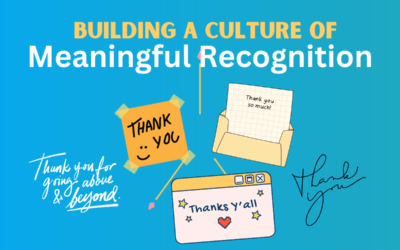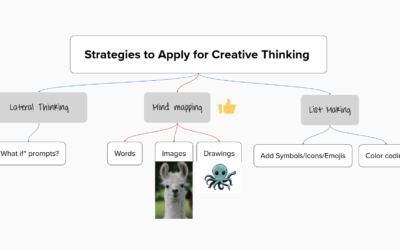 There are currently 29 different types of nonprofit organizations recognized by the Internal Revenue Service under section 501 (c) of the code. Most people think of institutions of purely public charity – 501 (c) 3 – organizations when they think of nonprofits, but there are many ways a group can qualify for tax exemption, if not tax-deductible contributions. Each entity is a nonprofit, but they have varying need for public support in what they do, and in need for public communication about their mission. Each group has a different level of Nonprofitiness™.
There are currently 29 different types of nonprofit organizations recognized by the Internal Revenue Service under section 501 (c) of the code. Most people think of institutions of purely public charity – 501 (c) 3 – organizations when they think of nonprofits, but there are many ways a group can qualify for tax exemption, if not tax-deductible contributions. Each entity is a nonprofit, but they have varying need for public support in what they do, and in need for public communication about their mission. Each group has a different level of Nonprofitiness™.
(Note – Next in Nonprofits has not actually filed the paperwork for a trademark on this term, as that would involve a fee too high to pay just for the fun of it. Please, read on…)
Many nonprofits are great at communicating what value they bring to their communities, but can often fail to address their Nonprofitiness™ with their communities. Nonprofits don’t have an exclusive right to do good in the world, and in fact there are many social ventures which do great things without ever incorporating as a nonprofit. This trend is likely to continue as entrepreneurial folks think of new ways to solve problems, and some of them won’t require tax-exemption. Some of them may even turn a profit. There is nothing at all wrong with this. There are lots of problems in the world and nonprofits don’t have a corner on the market. If a for profit can get good work done, they should go out and do so and everyone should cheer them on.
There are many times, however, when being a nonprofit is a necessary advantage in accomplishing the mission. There is some work that just won’t sustain on fee-based income or without large-scale philanthropy, which often will only give to a 501 (c) 3 charity. There are times when a tax-deductible gift makes more sense than a gift which is not deductible. The charities involved in those cases can’t just talk about their good work – they need to help communities understand why their good work requires a tax-exemption. They need to define their Nonprofitiness™.
The term Nonprofitiness™ comes with a tip of the hat to Stephen Colbert, who changed a national dialogue about journalism and news with the world Truthiness. Colbert’s idea that we need to “feel” the truth of something means that – failing any compelling information to the contrary – we think what we want. Nonprofits can’t just assume that supporters will feel their charitable need, even if there is compelling pictures of kids doing well on tests. We have to back it up with some information on why that need can only (or best) be met with charitable resources. Then our supporters have more than just a tax-deduction to claim; they can claim an understanding of why that mission makes a difference and can only make a difference with nonprofit support.
The “™ ” here comes with tongue-in-cheek, and of course to make a point. The more we use trademarked terms or locked-away copyrighted information, the further we drift from Nonprofitiness. Let’s take Nonprofitiness to mean we are building a community resource to be shared, and we need everyone to be involved in supporting it. Openness is key to Nonprofitiness. Transparency begins with sharing the information, and counting on community supporters to help us communicate our success and our needs to get the job done.



